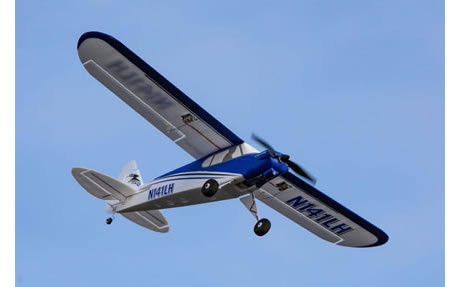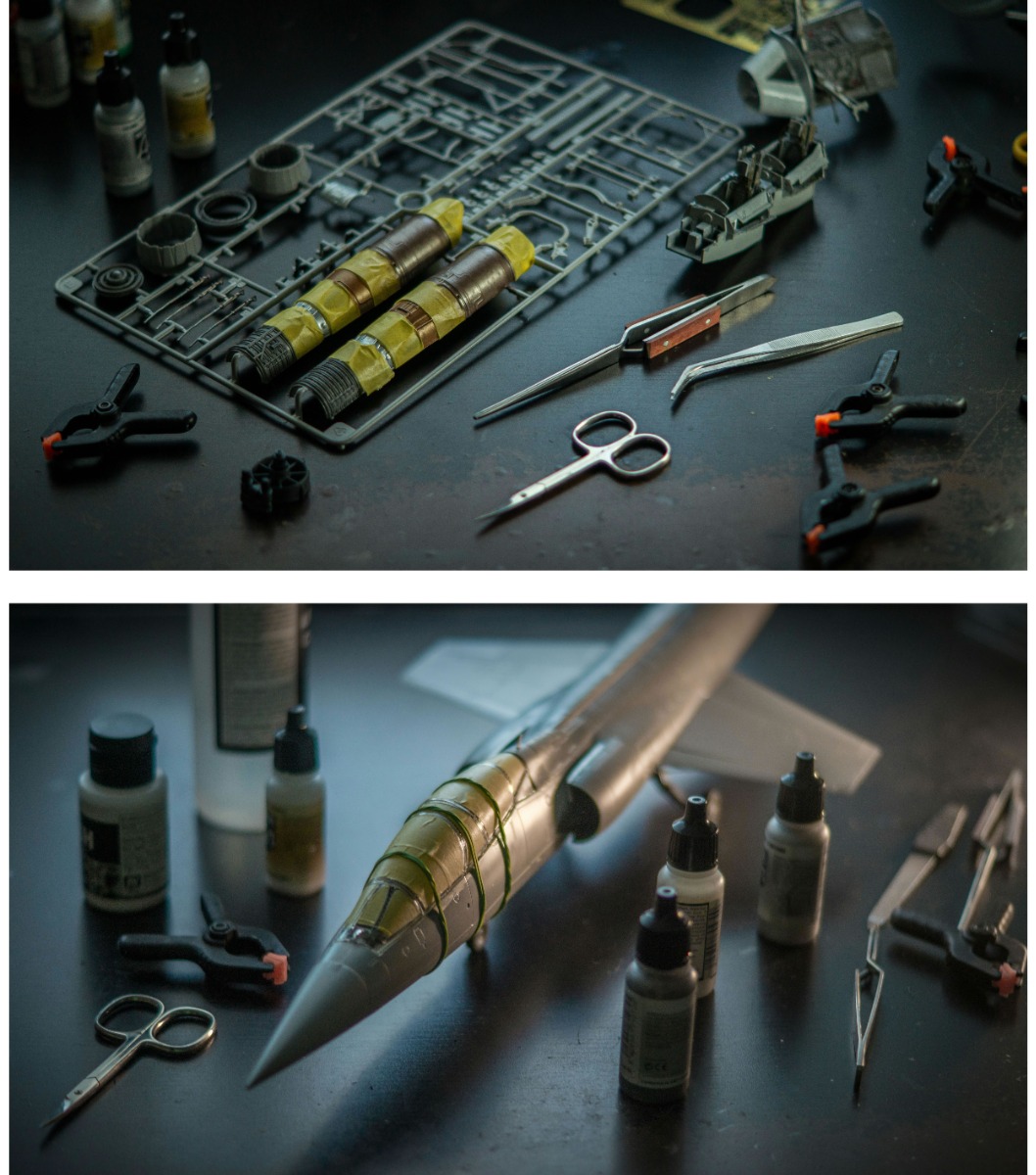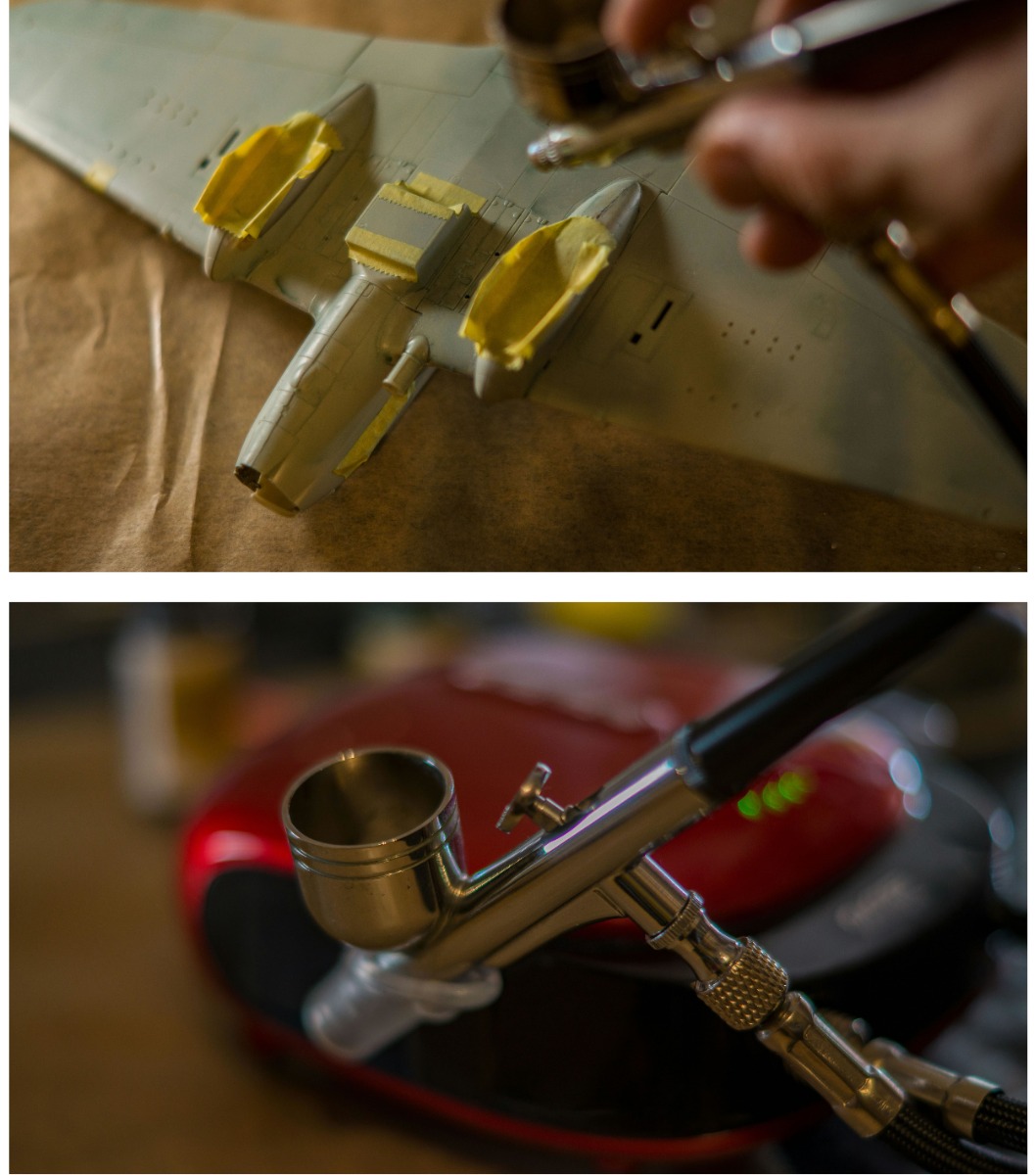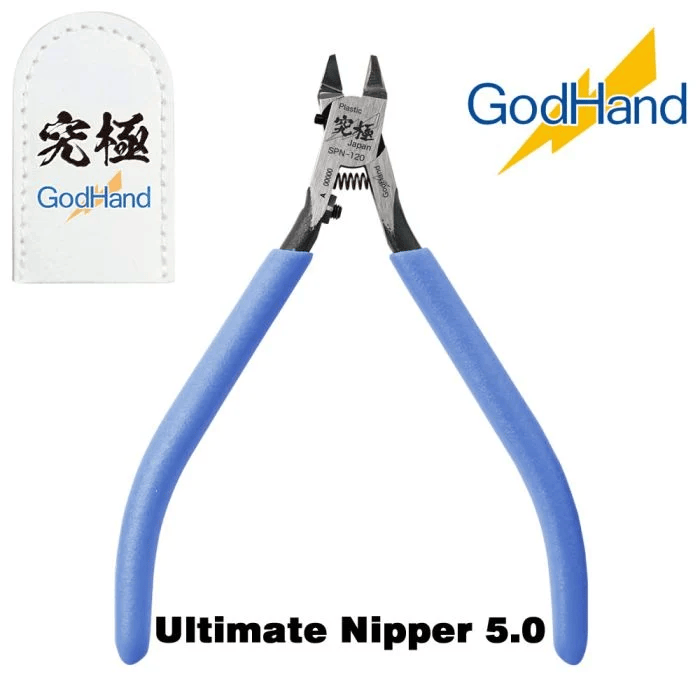UM-MT 1/72 Set of Control Biaxial Flat Wagons # 706
This set includes:
- 10 sprues with parts
- 3 sets of photo-etched parts
- Decal
- Scheme for painting model
- Detailed instruction
The Control Biaxial Flat Wagons is a specialized railway wagon configuration designed primarily for the transportation of heavy, oversized, or non-standard loads across rail networks.
These wagons feature a flatbed design and are equipped with two axles per wagon (biaxial), making them suitable for carrying cargo that requires a flat and unobstructed surface.
The design prioritizes stability, durability, and ease of loading and unloading, making it a key asset in industrial and construction sectors where such cargo is common.
Key Characteristics:
Flatbed Design: The flat, open deck of these wagons allows for the transportation of oversized loads that may not fit within the confines of standard, enclosed freight cars. Items such as large machinery, construction materials, containers, or even vehicles can be easily placed and secured on the flat surface. The lack of walls or a roof ensures no height or width restrictions for the cargo, making it versatile for various load types.
Biaxial Configuration: Each wagon in this set is equipped with two axles, providing support for the cargo while maintaining a low center of gravity. This configuration ensures better balance and stability, especially when transporting heavy items. The reduced number of axles compared to multi-axle wagons offers improved maneuverability on the tracks, making these wagons suitable for routes with tighter curves or variable terrain.
Modularity and Flexibility: The wagons are typically used in sets, which can be coupled together to form longer trains depending on the weight and size of the cargo. This flexibility allows operators to adjust the number of wagons required based on the specific logistics needs of each shipment, optimizing rail transport efficiency.
Construction and Materials: These flat wagons are generally built from high-strength steel, ensuring durability and resistance to wear and tear from heavy or abrasive loads. The materials used are designed to withstand both heavy static loads (from the cargo) and dynamic loads (from the movement of the train). The decking surface is often reinforced to handle the stress of loading and unloading with cranes or other heavy machinery.
Cargo Securing Mechanisms: The flat wagons come equipped with various securing points along the edges of the deck to allow the safe attachment of straps, chains, or other tie-downs. These securing points are essential to prevent the cargo from shifting during transit, which could lead to damage or accidents. Depending on the cargo, additional equipment such as brackets, stanchions, or removable side posts can be added for more secure handling.
Load Capacity: The biaxial flat wagons are typically designed to carry medium-weight loads, with capacities ranging between 20 to 50 tons per wagon, depending on the model and construction. While they may not match the load-carrying capabilities of heavier-duty, multi-axle wagons, their flexibility and efficiency in handling specific load types make them highly valuable in certain sectors.
Applications:
Industrial Transport: These wagons are ideal for the movement of heavy machinery, prefabricated structures, and construction equipment. Industries like manufacturing and mining often use these wagons to move equipment between production sites and assembly locations.
Container Transport: While many flat wagons can be fitted with container locks, making them suitable for standard shipping containers, their open design makes them equally useful for out-of-gauge cargo that exceeds container dimensions.
Military and Government Use: In military logistics, flat wagons are used for transporting armored vehicles, artillery pieces, and other heavy military equipment. Their ability to accommodate large, non-standard cargo is essential for moving such items efficiently.
Construction Projects: For large construction projects, such as building bridges, skyscrapers, or industrial plants, flat wagons are used to deliver steel beams, girders, and precast concrete segments.
Advantages:
Versatility: The ability to transport a wide range of load types, from bulky machinery to out-of-gauge cargo, makes biaxial flat wagons a flexible solution across industries.
Stability: The low center of gravity and flat surface provide stability, reducing the risk of cargo shifting, even when traveling over uneven tracks or through tight curves.
Durability: The rugged construction ensures that these wagons can handle the wear and tear of industrial use and the heavy loads they are intended to transport.
Limitations:
Weight Restrictions: Due to the biaxial design, these wagons have lower load capacities compared to wagons with more axles, making them less suitable for extremely heavy loads.
Limited Protection: The open design of flat wagons offers no protection against weather conditions, so sensitive cargo may require additional coverings or protective measures.
In summary, the Set of Control Biaxial Flat Wagons is a key asset for transporting a variety of oversized or non-standard cargo, offering a flexible, durable, and stable platform for industries that require specialized rail transport solutions.
While they have weight limitations and lack protection for sensitive items, their versatility in handling large loads makes them indispensable in sectors such as construction, manufacturing, and military logistics.
Did you know we are the UK's largest GodHand Tools stockist and official UK distributor!
Check out their amazing Ultimate Nipper 5.0, which is the best Nipper on the market.
All Godhand tools are available for next-day delivery.





















 Spread the cost with Paypal Credit
Spread the cost with Paypal Credit
 Spread the cost with Klarna
Spread the cost with Klarna











